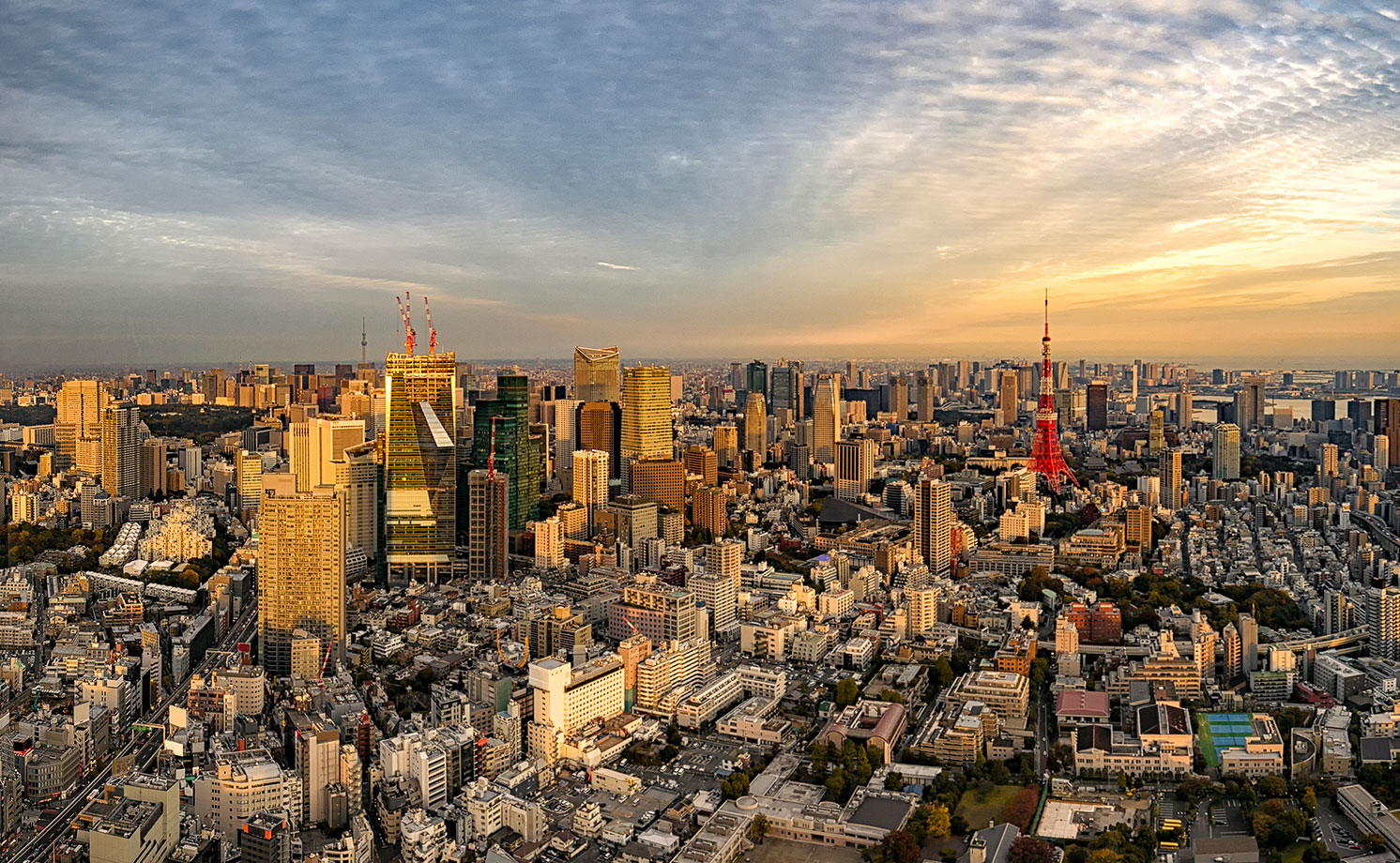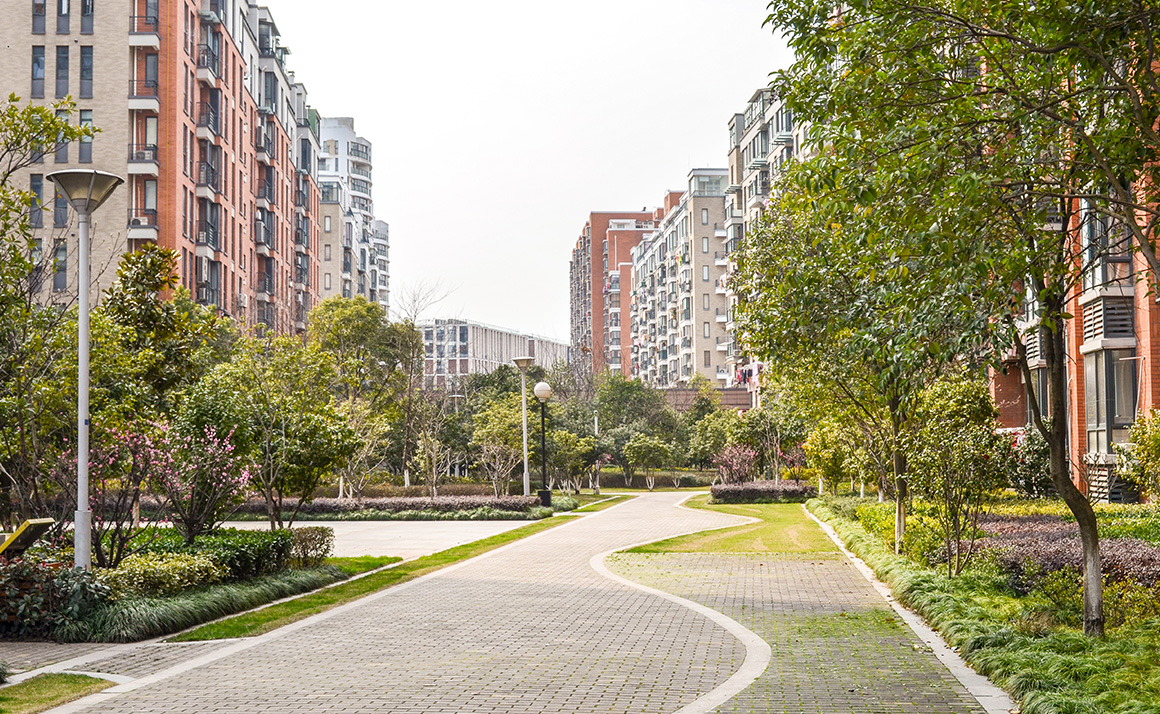![[2:53 PM] Fateh Bahadur Singh @ Savills, IN APAC hospitality properties](https://prospects.estatecreate.com/wp-content/uploads/Image_1_Prospects_September2023_1160x714_China_Tourism.jpg)
Domestic tourists support Asia Pacific hospitality and retail property
Discover the impact of domestic tourism in Asia Pacific while international travel remain slow to recover, domestic tourists are bolstering retail and hospitality sectors. Explore how regions like Hong Kong, Singapore etc are thriving in this new travel landscape.
International tourism has been slow to recover in the Asia Pacific region, but in several key markets, domestic travellers are taking up the slack and boosting the retail and hospitality sectors.
Oxford Economics predicts international visitor arrivals across the region in 2023 to be only 56% of the total seen in 2019, when tourism peaked. Next year, numbers will be more than 80% of the 2019 total, although some markets – such as Hong Kong and Singapore are expected to recover to 2019 levels.
This sounds like bad news for investors in hospitality and retail real estate, however these sectors have been supported by strong demand from domestic tourists, says Nancy Wong, Senior Manager, Regional Research & Consultancy, at Savills Asia Pacific.
“This strong domestic demand is helping to make up for some of the shortfalls in international flows, especially in less inbound-dependent locales. Domestic retail markets are also getting a boost from softening currencies, which makes local travel more appealing to price-sensitive travellers.”
China, India and Japan in particular have benefitted from the spending of domestic tourists who might otherwise have been spending overseas. Both India and China are seeing more internal flights this year than in 2019 while Japanese domestic flights recovered to 2019 levels in May.
Luxury retail in China is benefitting from strong domestic tourism. In early October duty-free retail specialist DFS Group, which is owned by French luxury retail giant LVMH, announced that it will build a 128,000 sq m retail complex for 1,000 luxury brands in China’s Hainan island, a popular destination for domestic tourists.
What benefits retail owners in Hainan may not be so beneficial for their counterparts in Japan, where arrivals from China in the first half of this year were only 13% of those seen in the same period in 2019. However, the slack has been taken up by domestic tourists, whose spending has recovered to 2019 levels, even though the number of tourists has fallen.
Japanese tourists are spending around 10% more this year than they were in 2019, says Tetsuya Kaneko, Head of Research and Consultancy at Savills Japan. “The primary factor that has likely contributed to this is the continued boom in luxury tourism propelled by wealthy Japanese residents who have had a heightened propensity to travel and spend domestically due to travel restrictions and the weak yen,” he says.
This surge in domestic travel by wealthy Japanese has sparked investor interest in ryokans, Japan’s traditional inns. The ryokan market is vast and fragmented but offers “an abundance of value-add opportunities” says Kaneko. There may even be subsidies for hotel renovations, as the Japanese government is keen to take tourism upmarket in order to boost revenues and staff wages. At present, the most significant barrier to success in Japanese hotels is a lack of staff, not a lack of customers.
Further reading:
Savills Asia Pacific Retail Spotlight
Contact Us:
Nancy Wong | Tetsuya Kaneko



